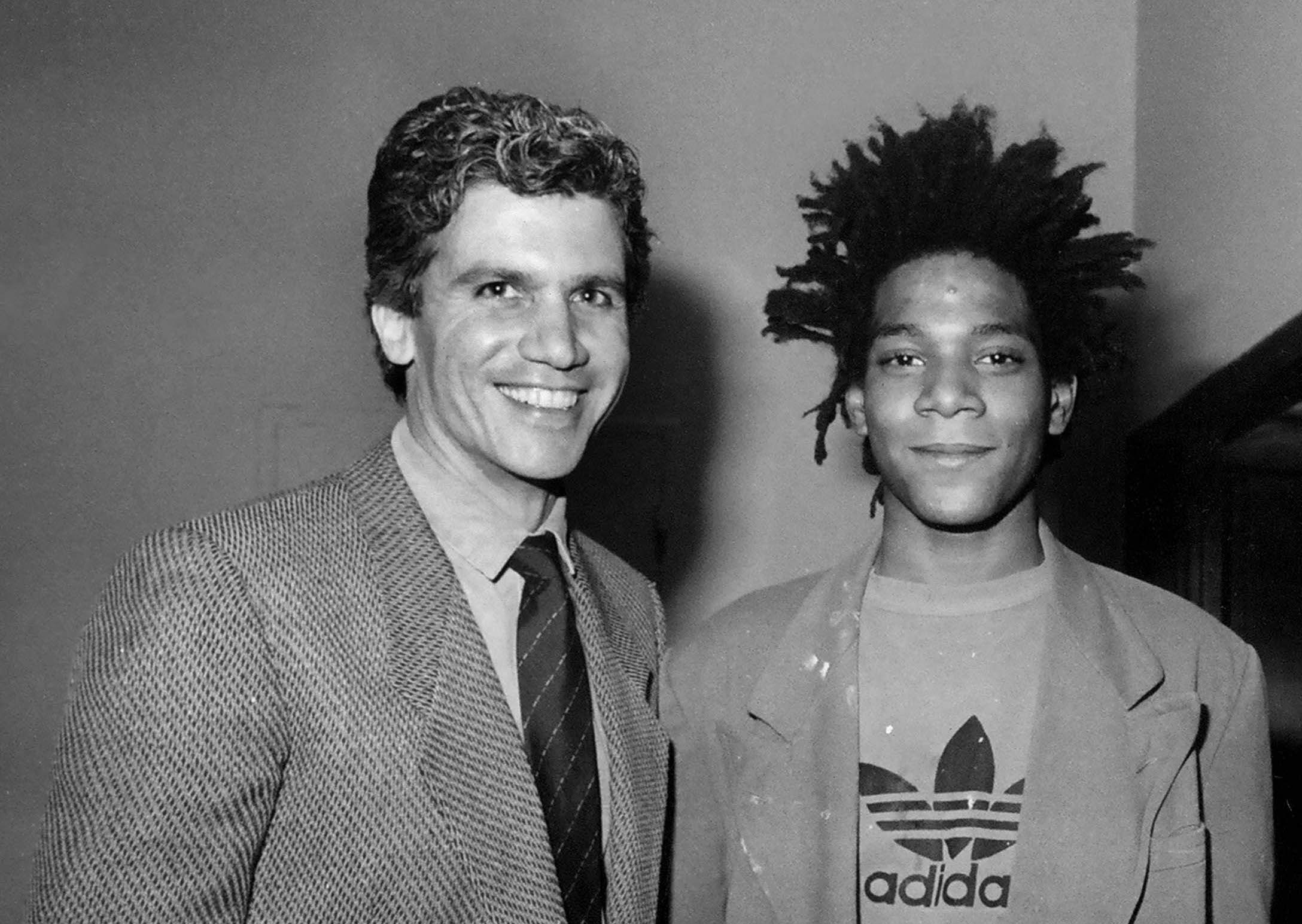Known for his “flying series,” in which he performed Superman-like leaps, freezing himself in a simulacrum of human aeronautics, New York-based artist Daniel Gordon has long been interested in the ability of photography to concurrently tell the truth and lie at the same time. These photographs, presented over a dozen years ago, were meant to be artifice—proof that the artist can fly—a visual yarn—captured at the height of the arc of a jump.
Gordon’s current exhibition at M+B Gallery in Beverly Hills, “The Green Line” is an enormously different body of work, but it remains an analogue, axiomatic concern. Created in his studio in the DUMBO neighborhood of Brooklyn, Gordon conducts experiments of the photographic truth claim—but the new works contain very little of the performativity of his previous work. He starts from scratch, printing out source material from the Internet, mainly via Google Image Search, with what Gordon describes as a cheap inkjet printer with generic ink.
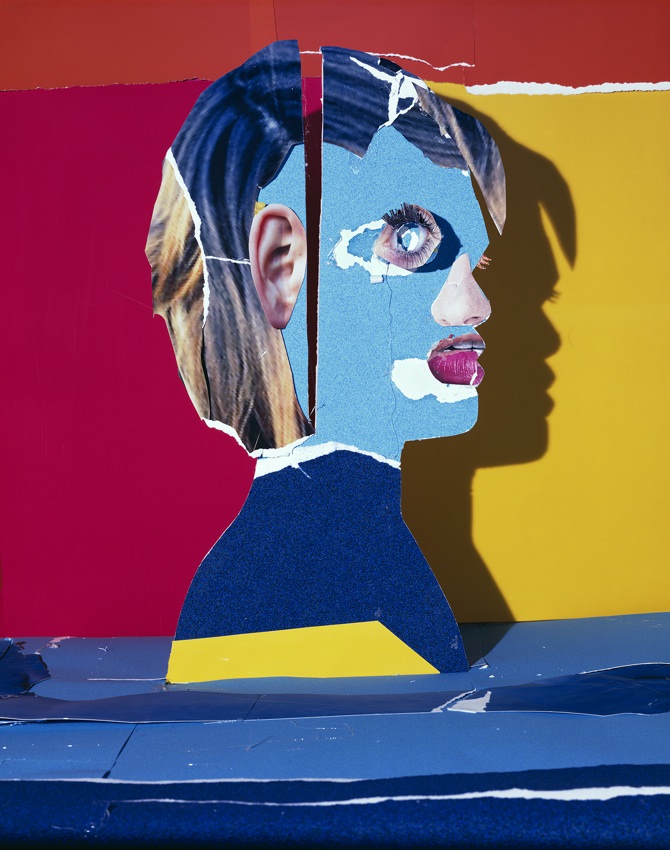
Objects are built: semi-three-dimensional still-lifes or figures, and patterned backdrops are fashioned from either photographed elements of the objects or printed colors. At the end, he has a textured, colorful set that he photographs with an 8 x 10 camera, resulting in a jumble of color study, representation, and figuration.
A line could be drawn to Thomas Demand, who creates sculptural sets out of paper, but the similarities end at material. Where Demand’s images are impeccable, Gordon’s are messy; where Demand’s are muted and motionless, Gordon’s are vibrant and robust.
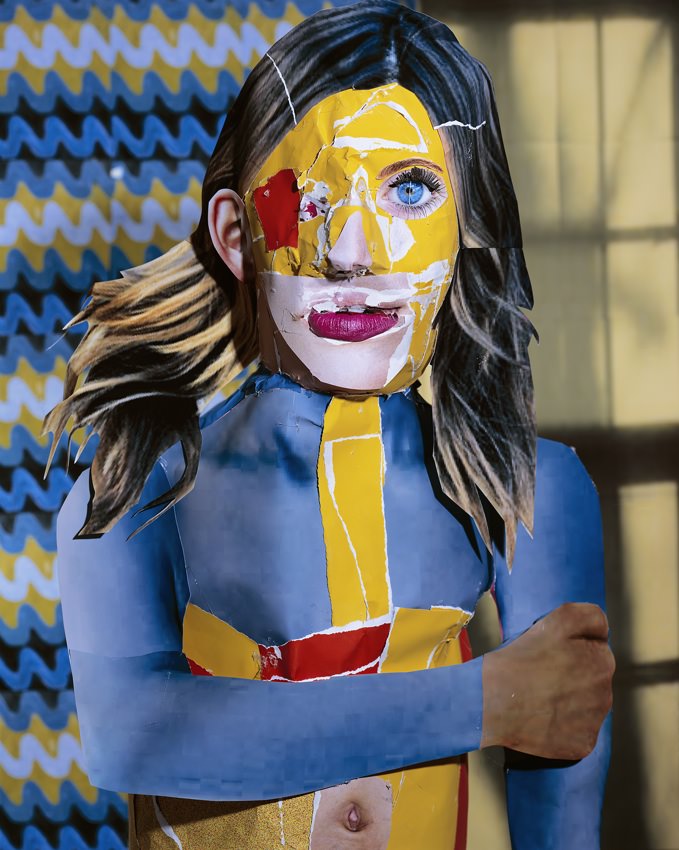 chromogenic print
chromogenic print
Gordon is obviously not interested in seamlessness. The photographs, which most resemble collage, fastidiously document in sharp focus the rips, tears and mistakes of the sculptural elements. Semi-3-D limes co-exist with flat 2-D limes on backdrops of photographic noise-laden color (Limes, 2013). It is a record of craft and handiwork, the transformative moment from scrap to art.
The appropriated elements are particularly subtle. Gordon sources unpretentious, fundamental objects of still life—fruits, lobsters, flowers—and portraiture—eyes, noses, mouths—to fashion his sets, but he is less interested in any critique of imagery than simply utilizing what images are there to use.
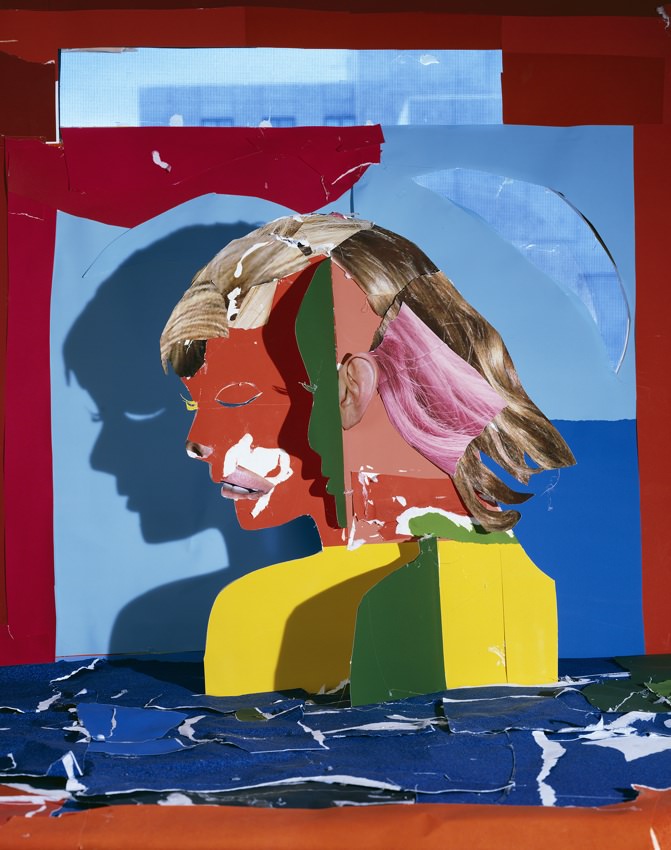 chromogenic print
chromogenic print
This humble, non-cynical approach plays on Hans-Peter Feldmann’s naturalistic approach to the taxonomy of found imagery. Gordon is less forcing the images to be something they’re not, but filling in the blanks of where, say, an eye would need to be.
Most works of art tend to look better in person, but Gordon’s texture-rich photographs demand a particular viewing. He expresses this frustration at his opening, explaining that most people can’t understand the images until they’ve been seen up close. Their dimensional quality is an almost optical trick, not to mention the fact that the images are printed beautifully on matte, a property which disappears completely on the always glossy computer screen. It’s an interesting transversal of imagistic fortune—the images come from the Internet, but cannot return home without losing the new life that Gordon has given them.
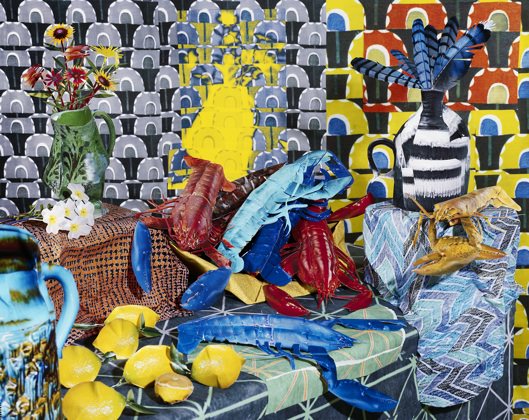
The title of the show is an homage to Henri Matisse’s portrait of his own wife, famed for its striking green stripe down the center of her nose. Gordon cites Matisse for his patterns, the flattening of space, seeing different perspectives at the same time, and properties of color. There’s something in the shadow play and layered quality of the images that even Matisse should have admired.
Daniel Gordon’s “The Green Line” runs from May 18 though June 29, 2013 at M+B Gallery, 612 N Almont Drive, Los Angeles.










